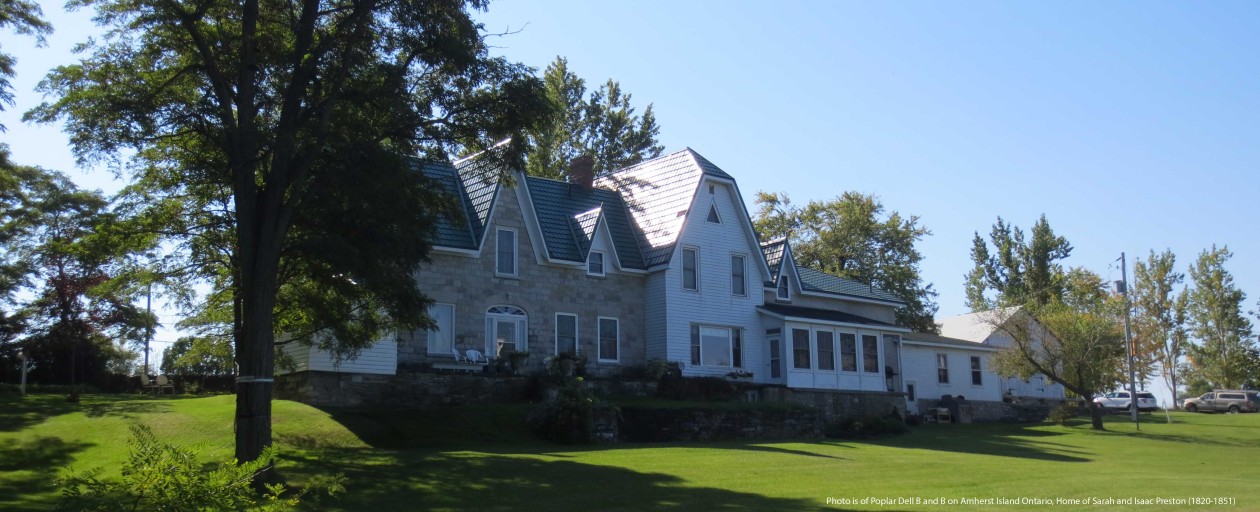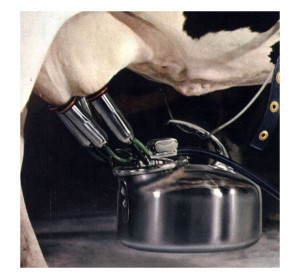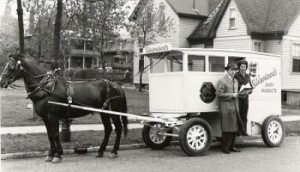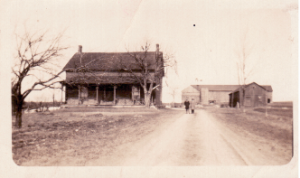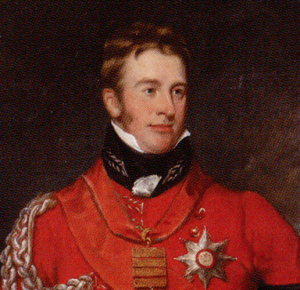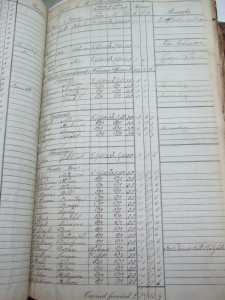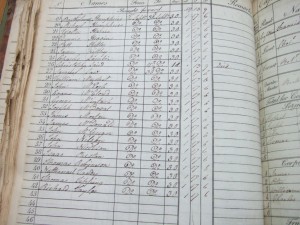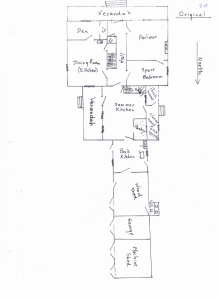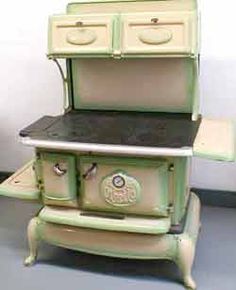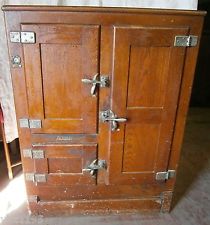Dr. John Carter’s article from Thousand Islands Life – posted June 13, 2016
Patriot Chronicles: The Amherst Island Raid
Written by John C. Carter posted on June 13, 2016
Introduction
They were troubled times; between December, 1837 and December, 1838, at least 14 armed incursions from the United States into Upper Canada were recorded. During this period there was unrest and uncertainty, terror and tumult, as well as agitation and anxiety along the Canadian/American border.
I’ve written about several of these incursions in previous articles in “Thousand Islands Life,” and the literature is abundant for most of the activities and events associated with the 1838 Upper Canadian Rebellion/Patriot War (see Carter & Raible, “Bibliography,” pp. 165–231.). This article deals with a little known and sparsely documented raid, which occurred in June of 1838 on Amherst Island, then known as the Isle of Tonti.
Descriptions of the Raid
The first published information about this raid appeared in an article entitled “Disgraceful Outrage,” which appeared in the June 9 edition of the “Kingston Chronicle & Gazette.” It detailed actions that took place on June 6 and 7, 1838:
“We are sorry to learn, that the sympathizers are not content with the burning of the S.B. Sir R. Peel, but must carry out their work of destruction and devastation at our firesides and beds, in the dead hour of night. On Wednesday night, about 11 o’clock, a boat of lawless villains, 30 or 40 in number, went to the Isle of Tonti, or Amherst Island, entered the house of Mr. Isaac Preston, and after some threats which Mr. P. was inclined to resent, one of the band struck him violently and fired a pistol, which luckily missed him, but wounded his son severely in the hand, who was aroused from his rest by the noise. Another son of Mr. P. On moving in his bed was knocked senseless by a blow with the butt end of a pistol in the cheek. Mrs. Preston, with true heroic British courage, regardless of danger, although there were double sentinels on the door, managed to get out to alarm her neighbours, which the lawless mob facing the consequences, did not wish to see, but after abstracting $180 in money, some provisions, two silver Watches, two Guns, and a quantity of bed clothes, went off quietly, but afterwards paid a visit to an old infirm yeoman, Mr. Patterson, who told them he would make no resistance; but this did not prevent the miscreants from robbing him of a musket and bayonet, clothes and provisions. His son, who escaped their vigilance, followed the lawless group to the water’s edge, along with some neighbours, and having his musket loaded with 3 or 4 balls, proposed firing at them, but his companions advised him not to do so, lest the merciless band should return and burn their houses. The piratical crew with their oared boat or boats, made off in the direction of Cape Vincent, from whence, or from Sackett’s Harbor where it is believed these miscreants had come. We learn Mr. Preston could not identify them, but from their tone and accent, he believed them to be Americans, and thinks one of the band is an old book, or pamphlet peddler, who occasionally, some two or three years since, got a night’s lodging and victuals at his house.”
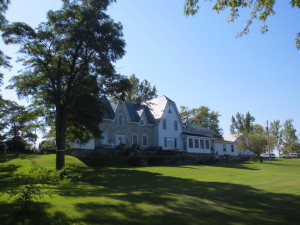
Another description, taken from a letter written from Kingston on June 8, 1838, was published in the “Brockville Recorder” of June 14, 1838. It offered the following information and details about the raid:
“On Wednesday night last, a gang of robbers plundered several houses on Amherst Island [Isle Tonti], which extends for 10 to 24 miles above Kingston and opposite Ernest-Town towards the Lake, into which are the entrances called the upper and lower gaps. The first accounts received were of the most distressing nature, stating that several persons were wounded and lives lost. We learn that Mr. Preston and his son were wounded in the resistance they made to the party of robbers, and that they came to Booth’s Mills on the main land, and carried away some flour. An armed schooner, with soldiers on board, has been towed to several places, in hopes of being able to fall in and take these desperadoes, but as yet without meeting with any of them.” Another victim of this raid, David Tait, recounted that he thought he could count about 30 men who formed the raiding party and escaped by boat. John C. Clark, Lieutenant-Colonel in the 1stRegiment Addington Militia, confirmed some of these events in his June 7 diary entry; “…several houses robbed last night on Amherst Island. Mr. Preston and Son got severely wounded by Rebels.”

A first-hand account was provided in a June 8, 1838 deposition given by Isaac Preston to local authorities. This sworn statement was provided in person to William J. MacKay and Alexander Pringle, Justices of the Peace for the Midland District. It said in part; “…that on Wednesday night last, about half past eleven o’clock; shortly after Deponent had retired to Bed, he was suddenly alarmed by a Knock at the door – enquired who was there and what they wanted? When a person answered that they wanted provisions, Deponent then opened the door, and immediately two persons entered who were strangers, and who made by their tone and accent Deponent thinks were Americans.
After some conversation with one of the men who was in the House, Deponent went to the door, when he perceived a man standing at each window, Deponent then turned and came into his house and called his family to get up. The person who first entered then turned to the door also and called out to his party ‘Quick’ and immediately sprang at Deponents two guns which were hung upon the beams. Deponent then closed with the robber and received four severe blows on the head by the Butt of a large Pistol, one of the party then fired another pistol which wounded one of his Sons in the hands, carrying off one of his fingers; and another was at the same time severely wounded on the cheek. The party threatened two young women in the house, that if they moved they would cut their throats. They then commenced plundering the house and besides the two guns referred to, they took two silver watches, a quantity of wearing apparel, about one hundred and seventy five dollars in paper money and specie, besides a number of valuable papers. In the confusion Mrs. Preston the wife of the Deponent fortunately made her escape and alarmed her nearest neighbour [John Spring], in Consequence of which the party suddenly decamped.” James and David Preston, sons of Isaac Preston, duly corroborated their father’s affidavit “…as far as concerns the transactions in the house.”
In the confusion Mrs. Preston, the wife of the Deponent, fortunately made her escaped and alarmed her nearest neighbour [John Spring], in Consequence of which the party suddenly decamped.” James and David Preston, sons of Isaac Preston, duly corroborated their father’s affidavit “…as far as concerns the transactions in the house.”
In addition, two other isolated farm houses on the island, owned by the Patterson and Tait families, were also plundered. Sir Richard Bonnycastle provided his remembrances of the raid: “On the 7th of June, this robber, [Bill Johnston], or some of his friends, made a descent during the night upon the fertile island of Tanti (sic), Amherst Island…Three isolated farm-houses were plundered, and many valuables and some money obtained; whilst one farmer, in defence of his property, was inhumanly shot at, and lost three fingers and part of his hand. The pirates were dressed as sailors, and well-armed; and it is said had one sixteen-oared boat, mounting to two three-pounders.”
The Aftermath
This unprovoked attack by a gang of armed and lawless desperadoes greatly alarmed the residents of Amherst Island/Isle of Tonti. Initially a company of the 1st Frontenac Militia was stationed in Bath to prevent further raids. Lieutenant-Colonel Henry Dundas sent off two armed boats hoping to catch the marauders, but to no avail. Then a company of volunteers was called out, armed, and placed under the command of Captain John S. Cummings. They were stationed in the stone house of William Gelson, on his farm opposite the “Brothers” islands until a proper barracks was constructed. The militia was quartered in this new building until peace was restored, and then disbanded (see below for names of those enrolled in the Amherst Island Volunteer Company).
Conclusion
Several contemporary writers have suggested that Bill Johnston was responsible for the raid on Amherst Island/Isle of Tonti. Mary Beacock Fryer has written that; “He (Johnston) also plundered homes on Amherst Island early in June.” H.C. Burleigh added that; “Bill Johnston and a few kindred spirits…came in boats to the north shore of Amherst Island, and in the dead hours of the night made an attack on the house of Mr. Preston.” I have uncovered no concrete evidence to prove that Johnston actually participated in this incursion. While blamed for many things during these tumultuous times, I tend to agree with Johnston blogger and author Shaun McLaughlin. He suggests that the bandits who invaded Amherst Island may have been associates of Bill Johnston, but that Johnston himself was not directly involved, nor did he sanction this attack.
The Amherst Island/Isle of Tonti Raid constituted the 7th of 14 recorded incursions of the 1838 Upper Canadian Rebellion/Patriot War. While not as momentous or memorable as other period raids along the Canadian/American border, it does constitute a small part of the history of the 1838 Upper Canadian Rebellion, as well as an almost forgotten chapter in the historic annals of the Thousand Islands.
| Members of the Amherst Island Volunteer Company, 1838
John S. Cummings – Captain
William Dundas Hale – First Lieutenant
John Hitchens – Second Lieutenant
Robert Burleigh – Paymaster-Sergeant
James Preston – Sergeant
Hugh Spring – Sergeant
Other Ranks
Joseph Gonue, Henry Davy, Thomas Treleaven, Samuel McMath, Thomas Cousins, Anthony Ivers, William Cousins, James McMath, Thomas Woodside, William Patterson, Hugh McMullen, William Craig, John Gibson, William Irvine, Frances McMaster, Samuel Smith, John Tindall,William Gibson, William Gelson, Archibald Hutton, James Annet, William Clark, John McQuoid, James McQuoid, John Pentland, Hugh Patterson, David H. Preston, Alexander Spiers, Hugh Higgins, James Costello, John McClintoc, Edward Allen, James Scott, Samuel Barry, Francis Cantell, John Dusenbury, John Weller, John McKenty, John McCabe, Thomas Murray, Joseph Welsh, John McVeen, James Strain, John Larck, Dennis Lavinac, William Kinsley, James Brownlee, James Finnie, Augustus Haighter, John Treleven, Stephen Tugwell, James Finigan, Jacob Baker, Philip Baker, Daniel Glen, James McFadden, Antoine Lavernie, Andrew Findlay, Joseph Boyd, John Glidden, John Brockmire & James Hobbs. |
| Bibliography and Suggested Reading
See all of Dr. John C. Carter’s articles written for TI Life.
Bonnycastle, Richard H. Canada, As It Was, Is, and May Be (London: Colburn & Co., 1852), v. 2.
Boyce, Betsy Dewar. The Rebels of Hastings (Toronto: University of Toronto Press, 1992).
Burleigh, H.C. Tales of Amherst Island (Kingston: n.p., 1980).
Carter, John C. & Chris Raible. “Bibliography of Published Works Relating to the Upper Canada Rebellion of 1837-1838 and Associated Topics,” Australasian Canadian Studies (2011), v. 29, # 1-2.
Caughey, Susan. “Poplar Dell Farm, North Shore, Amherst Island – A Brief History,” Amherst Island Beacon (April, 2008), #361.
Clark, John C. Diary of the Wind & Weather, copy at the Lennox and Addington Museum and Archives, Napanee.
Colonial Office Records, Q Series, v. 249, pt. 2, pp. 433-36.
Fryer, Mary Beacock. Volunteers and Redcoats – Rebels and Raiders (Toronto: Dundurn Press, 1987).
McLaughlin, Shaun J. “Bill Johnston: Correcting the Historical Record,” Thousand Island Life (September, 2012), v. 8, # 9.
McLaughlin, Shaun J. The Patriot War Along the New York – Canada Border (Charleston, S.C.: The History Press, 2012).
McLaughlin, Shaun J. “Searching for a Pirate’s Lost Lair,” Thousand Island Life (February, 2012), v. 8, # 2.
n.a. “Disgraceful Outrage,” Kingston Chronicle & Gazette (June 9, 1838).
n.a. “Letter, Kingston, June 8,” Brockville Recorder (June 14, 1838).
n.a. “Song – The Island Volunteers,” Kingston Chronicle & Gazette (February 27, 1839).
Toronto Almanac & Royal Calendar of Upper Canada. For the Year 1839 (Toronto: Palladium Office, 1839). |
By Dr. John C. Carter.
Dr. John C. Carter is a frequent contributor to “Thousand Islands Life.” He is currently a Research Associate, History and Classics Programme, School of Humanities, University of Tasmania. He can be contacted at drjohncarter@bell.net.
Author’s note: The original Preston home is now the Poplar Dell Bed & Breakfast, operated by Susan and Bruce Caughey. Contact them at caughey@kos.net for further information.
